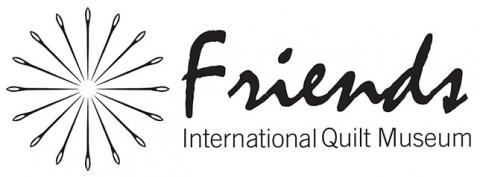Sign-Up for our Newsletter
Receive news about collections, exhibitions, events, and more.
The International Quilt Museum is located on the University of Nebraska - Lincoln's East Campus, and houses the largest publicly held quilt collection in the world. Diversity and inclusion are central to the University’s and the IQM’s mission and pursuit of excellence. Each person has something to gain from and offer to our community of learning, discovery, and outreach. All are welcome here.

Contact us:
1523 N. 33rd St.
Lincoln, NE 68583
Phone: 402-472-6549
Email: info@internationalquiltmuseum.org
Museum Hours:
Open: Tuesday - Saturday, 10 a.m. to 4 p.m.
Closed: Sunday - Monday
All photos contained on this website are copyrighted. Please contact the museum to request permission for use.
Copyright 2022 International Quilt Museum | Privacy Policy | Terms & Conditions | Designed & Developed by UNANIMOUS

















